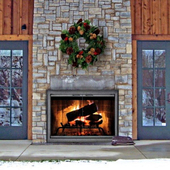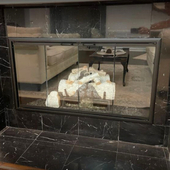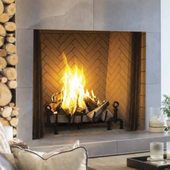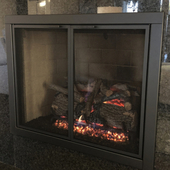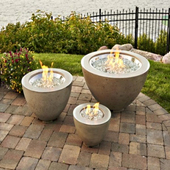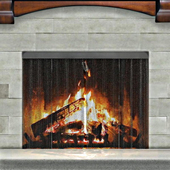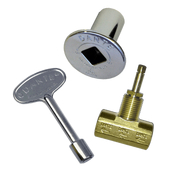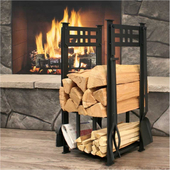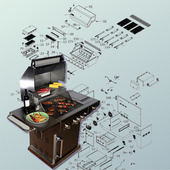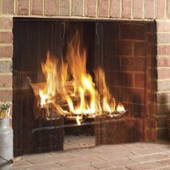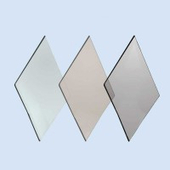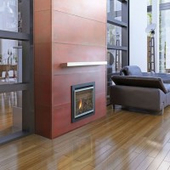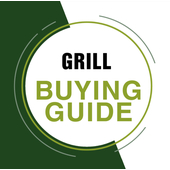Convection Grilling vs. Infrared Grilling: Unveiling the Heat for Perfect BBQ
Introduction
Grilling enthusiasts are well aware that the method of applying heat can significantly impact the taste, texture, and overall cooking experience of their favorite meats and vegetables. Convection grilling and infrared grilling are two popular techniques that utilize different heat sources to achieve delicious results. In this article, we'll explore the differences between these methods, outline their pros and cons, and address frequently asked questions to help you make an informed choice for your grilling adventures.
Convection Grilling: The Classic Approach
Definition:
Convection grilling involves the use of heated air currents to cook food indirectly. In this method, the heat source is typically located beneath the cooking grates, and the hot air circulates around the food, cooking it through convection.
Pros:
- Even Cooking: Convection grilling ensures even heat distribution, reducing the likelihood of hot spots and providing consistent results.
- Versatility: This method is suitable for a wide range of foods, including delicate items that might be prone to overcooking on a high-intensity heat source.
- Control: The ability to control temperature and cooking zones allows for greater precision in achieving desired levels of doneness.
Cons:
- Slower Cooking: Convection grilling may require more time compared to high-heat methods like infrared grilling.
- Limited Searing: Achieving a deep sear on meats can be challenging, as convection grilling doesn't produce extremely high direct heat.
Infrared Grilling: The High-Intensity Heat
Definition:
Infrared grilling employs a radiant heat source that heats the grates directly. This heat is then transferred to the food through infrared radiation, searing the surface and locking in juices.
Pros:
- Quick Searing: Infrared grills can reach extremely high temperatures quickly, allowing for rapid searing that locks in moisture and imparts desirable grill marks.
- Energy Efficiency: Infrared grills are known for their energy efficiency due to their ability to reach high temperatures faster, reducing overall cooking time.
- Intense Flavor: The high heat of infrared grilling can create a desirable caramelization effect on the food's surface, enhancing flavor and texture.
Cons:
- Uneven Heat: Achieving even cooking across the grill surface can be challenging, leading to potential hot and cold spots.
- Less Versatility: Delicate items might be prone to overcooking due to the intense heat, making it essential to closely monitor the cooking process.
- Limited Control: Precise temperature control can be more challenging with infrared grills, potentially leading to accidental overcooking.
Frequently Asked Questions
1. Which method is better for searing steaks?
Infrared grilling is exceptionally effective for searing steaks due to its high-intensity heat that creates a perfect sear quickly.
2. Can I use both methods on the same grill?
Some grills offer hybrid systems that combine both convection and infrared technologies, giving you the flexibility to choose the cooking method based on your needs.
3. Is one method healthier than the other?
Both methods can yield healthy results when properly executed. However, convection grilling may allow fats to drip away more effectively due to indirect cooking.
4. Can I achieve a smoky flavor with infrared grilling?
Yes, you can. To achieve a smoky flavor, you can use wood chips or a smoker box on an infrared grill, much like you would on a convection grill.
5. Which method is best for delicate foods like fish?
Convection grilling is often preferred for delicate foods, as it provides gentle, indirect heat that minimizes the risk of overcooking.
When choosing between convection grilling and infrared grilling, consider your cooking style, the types of foods you love to grill, and the level of control you desire. Both methods offer unique advantages and can deliver delicious results when used correctly. Whether you opt for the even cooking of convection or the rapid searing of infrared, mastering either technique will undoubtedly elevate your grilling game to new heights.












